|
One morning, we awoke to find we were sharing our campsite with a pride of 13 lions. They had killed and were eating a zebra within 50 meters of our tent! Enjoy this video of the feast.
0 Comments
We just finished our latest round of surveys for giraffes and other ungulates in the Tarangire-Manyara Ecosystem. Our September-October survey is timed to coincide with the end of the dry season, which spans roughly from June until the end of October. Below are photos of the various parts of our study area - how different from the lush green landscapes we saw during the wetter seasons! During this time, fresh drinking water is difficult to find. Luckily, there is one reliable water source - the Tarangire River and nearby natural water holes. Tarangire provides the only abundant water for wildlife for many hundreds of kilometers in all directions, and most of the migratory animals from throughout the entire Tarangire-Manyara Ecosystem head to Tarangire National Park during the dry season. In fact, the Tarangire River and its surrounding wetlands and savannah was declared a National Park in 1970 in order to protect this critical dry-season water source for the region's wildlife. Most of the zebras, wildebeests, gazelles, buffaloes, and elands we saw were congregated in Tarangire National Park where they foraged in upland areas, heading to the river or nearby water hole regularly for a drink. Some say that the sheer densities of wildlife in Tarangire National Park during the dry season are rivaled worldwide only by the wildlife densities in nearby Ngorongoro Crater! It is certainly one of the most spectacular displays of wildlife on the planet.
Enjoy this article recently published in the Tanzanian Magazine "Ujumbe" that was written by our very own Monica Bond. Kudus are members of the tribe of antelopes known as “Tragelaphini.” Males in this tribe all have spiral horns and white vertical stripes, and are much larger than females. Other spiral-horned antelopes in our Tarangire-Manyara Ecosystem study area include bushbucks (photo below left) and elands (photo below center). While kudus are cryptic and difficult to spot as they hide in the bushes, we usually see one or two lesser kudus (Tragelaphus imberbis) during our surveys for hoofed mammals (see photo above right). We were thrilled this past week to see an antelope we have not yet seen – a greater kudu (Tragelaphus strepsiceros). The stunning male greater kudu has the longest horns of any antelope, and differs from the lesser kudu by having a throat beard (see photos below). We are happy to expand our list of ungulates we are monitoring in our study area to include this magnificent creature.
We are hot, dusty, and covered in sunblock and insect repellent, but we are very happy to be back in the bush surveying for Maasai Giraffes and 17 other ungulate species in the Tarangire-Manyara Ecosystem. We are in the middle of our dry season surveys but wanted to share some images of the wildlife of this wondrous savanna. Enjoy! |
Science News and Updates From the Field from Wild Nature Institute.
All Photos on This Blog are Available as Frame-worthy Prints to Thank Our Generous Donors.
Email Us for Details of this Offer. Archives
July 2024
|
|
Mailing Address:
Wild Nature Institute PO Box 44 Weaverville, NC 28787 Phone: +1 415 763 0348 Email: [email protected] |
|

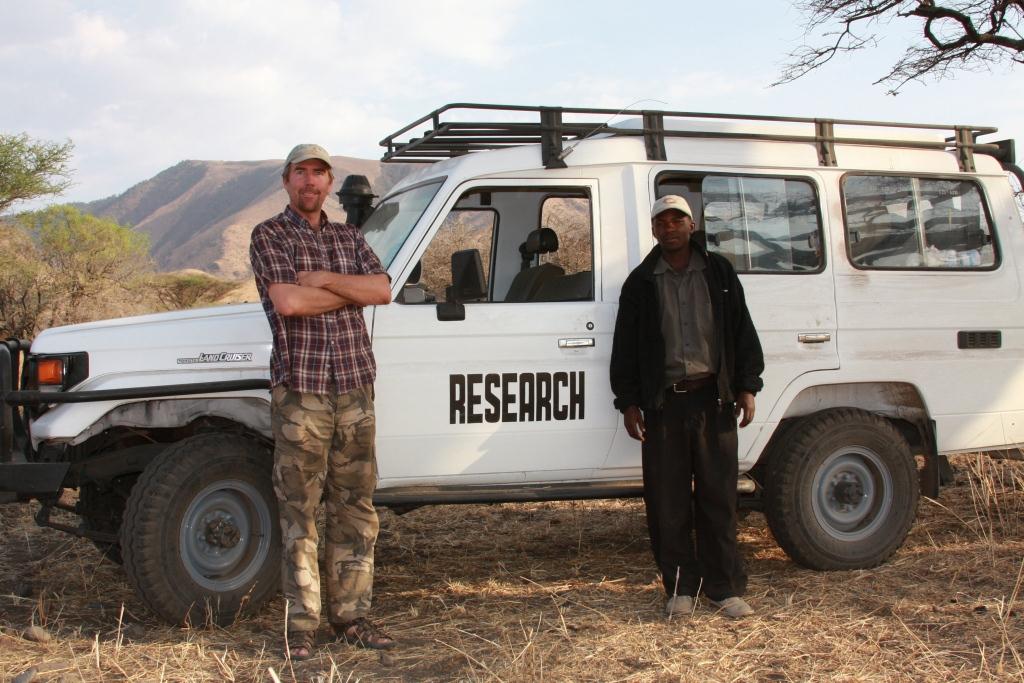
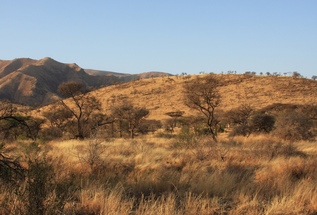
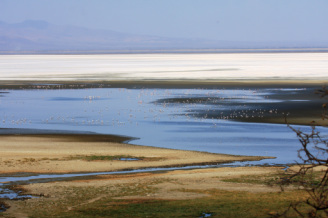
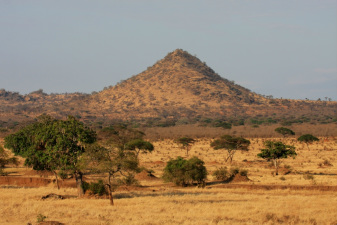

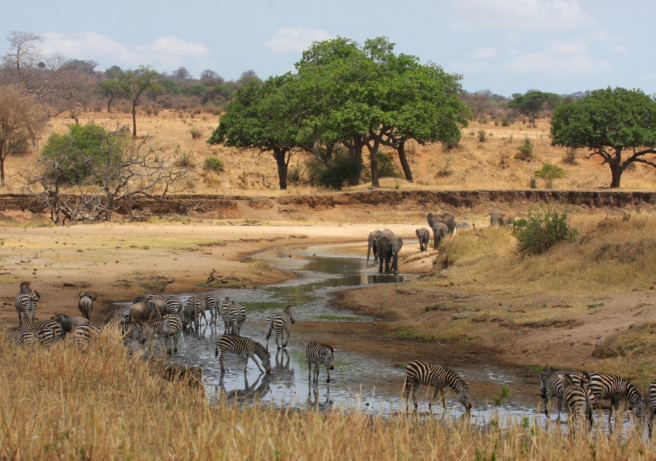
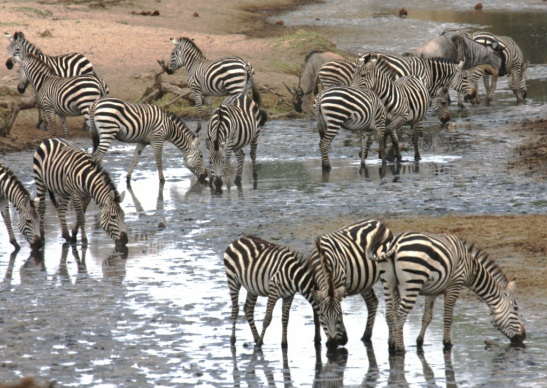
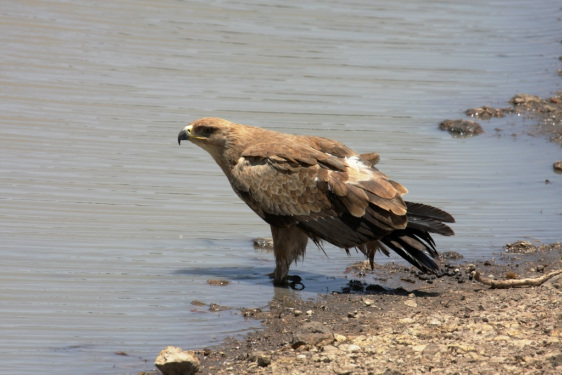
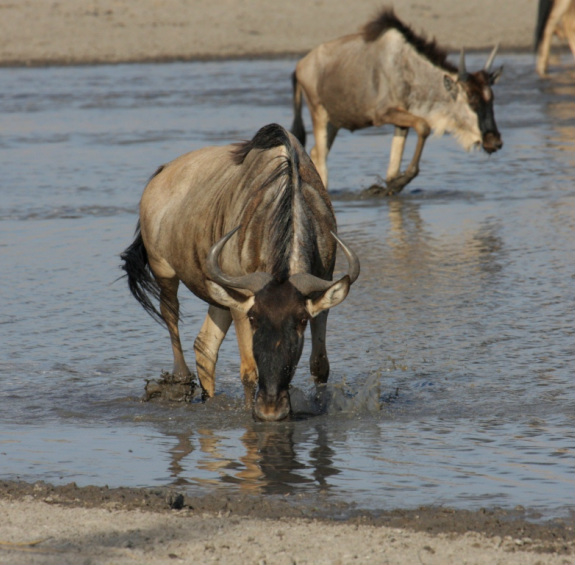




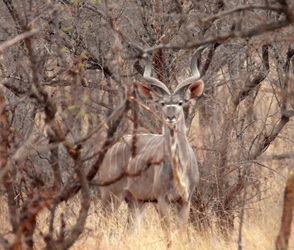
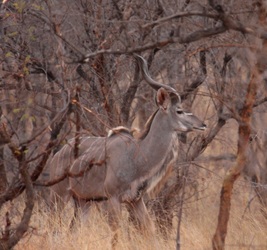
 RSS Feed
RSS Feed
